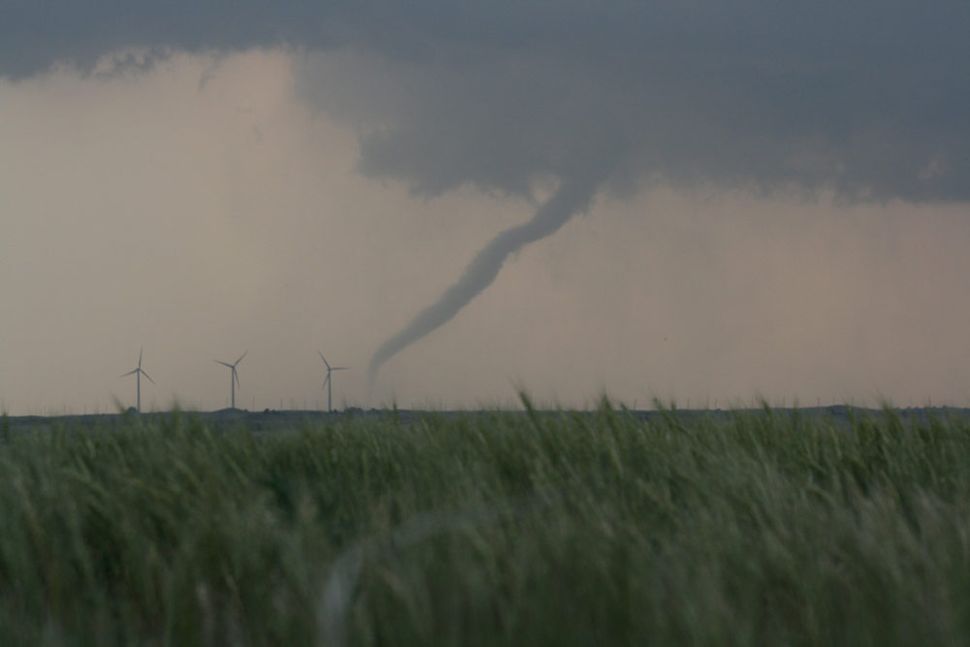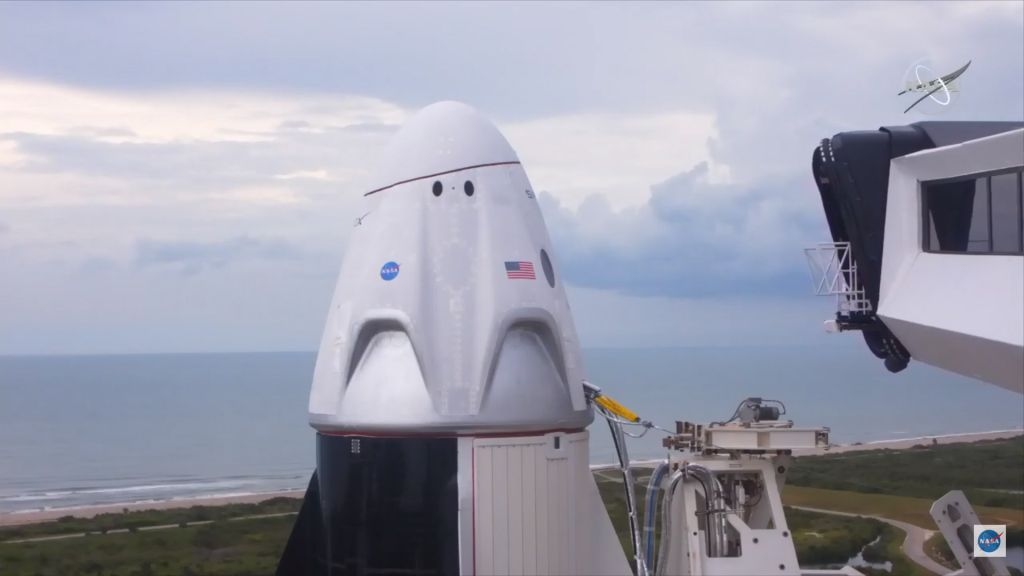

The questions are set up in a standardized format with multiple choice answers. The assess it station is where students will go to prove mastery over the concepts they learned in the lab. There are 4 follow-up questions that the students will answer to show reading comprehension of the subject. In the reading, students will understand how they are both similar and different. This station will provide students with a one page reading about Plant and animal cells. Students will be instructed to complete a few tasks and record answers on their lab sheets. The research station will allow students to explore an interactive web page that allows students to click to obtain information about the organelles that are in plant and animal cells. For example: What is the function of the cell wall in plant cells? What is the function of chloroplasts in plant cells? How are the vacuoles different in plant and animal cells? RESEARCH IT! Students will follow the steps and record their observations on their lab sheet.Īt this station, students will be watching a short video explaining plant and animal cells. Students will then answer questions related to the video and record their answers on their lab station sheet. Students will be comparing two diagrams of plant and animal cells and will try to identify the differences and similarities. Students will be working in pairs to better understand plant and animal cells. You can read more about how I set up the station labs here. Each of the stations is differentiated to challenge students using a different learning style. Four of the stations are considered input stations where students are learning new information about animal and plant cells and four of the stations are output stations where students will be demonstrating their mastery of the input stations. This student-centered station lab is set up so students can begin to explore animal and plant cells. Some may be that all cells are the same size and shape, plants are not made of cells, and that some living parts of organisms are not made of cells.Įstimated Class Time for the Engagement: 20-30 minutes EXPLORATION The teacher will help to clear any misconceptions about animal and plant cells. They will also be learning about the organelles inside each cell and what its function is. Explain that today they will be learning what the difference is between an animal cell and a plant cell.Ask if they see anything inside each cell and hypothesize what they might be.


Ask the students to list any differences they see between the two images.Hopefully, they remember learning what cells are in their Cell Theory Unit.Ask students to observe the PP slide of the microscopic image of cells.Give them no further information than they are images of cells.

Show students the PP slide with the microscopic image of both an animal and plant cell.ENGAGEMENT Objective IntroductionĪt the beginning of the lesson, the class will do a Think-Pair-Share to discuss the objective. The following post will walk you through each of the steps and activities from the plant and animal cell lesson plan. Each lesson is designed using the 5E method of instruction to ensure maximum comprehension by the students. At the end of this plant and animal cell lesson plan, students will be able to differentiate between structure and function in plant and animal cell organelles, including cell membrane, cell wall, nucleus, cytoplasm, mitochondrion, chloroplast, and vacuole.


 0 kommentar(er)
0 kommentar(er)
